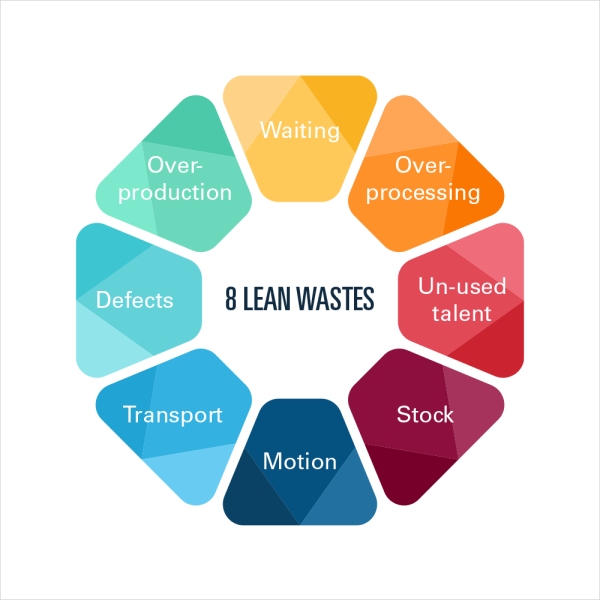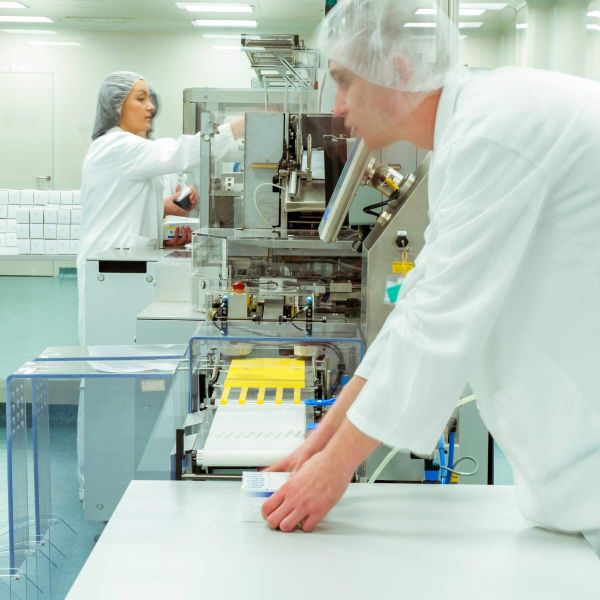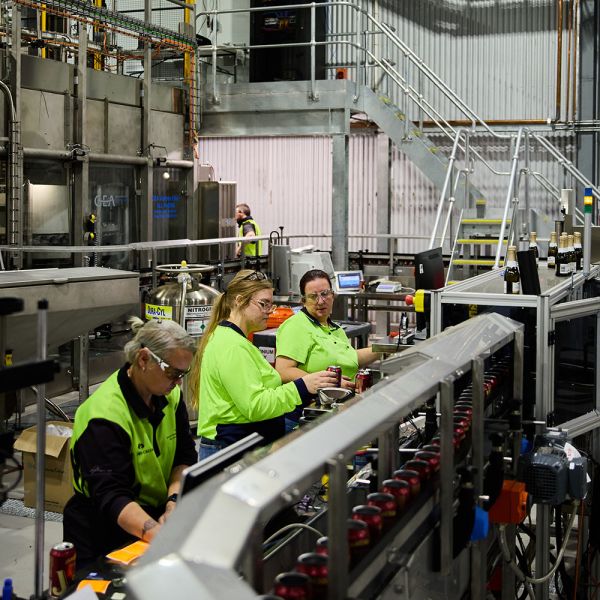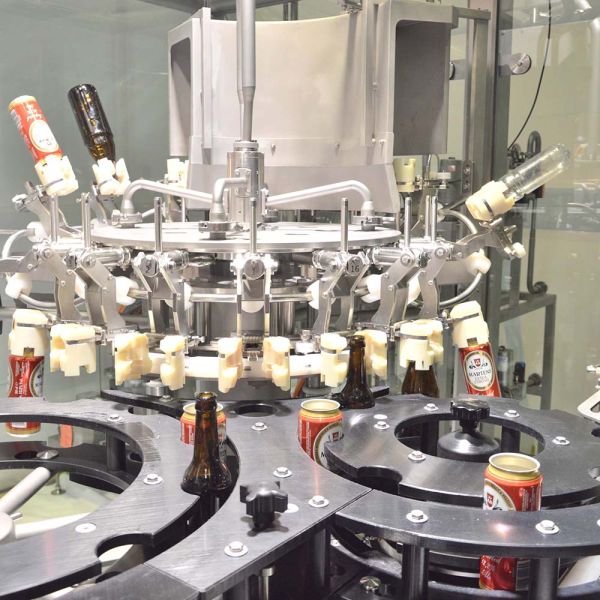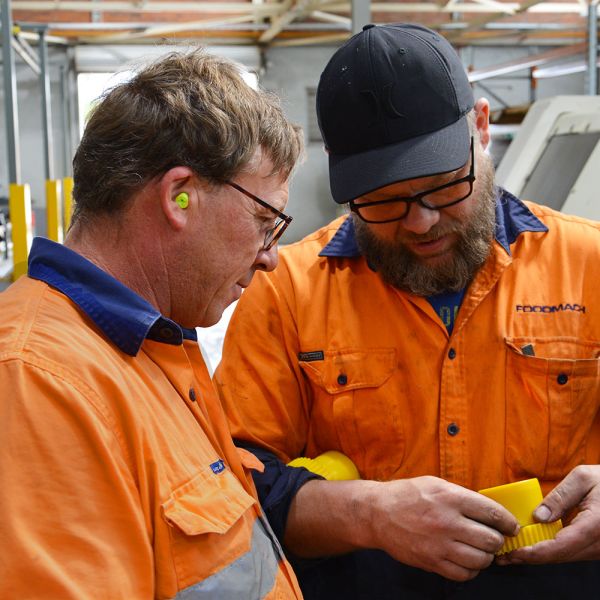Blog : Improve throughput without buying a new machine.
How to gain 20%
Here's how a 3-Day SMED blitz can boost line throughput by up to 20%.
In a high-mix, fast-moving FMCG environment, most manufacturers assume that lifting throughput requires capital investment: new equipment, bigger lines, more automation.
But sometimes, the real productivity gains are hiding in plain sight—inside your changeovers.
One of the most powerful ways to reclaim lost production time is through a focused Single Minute Exchange of Die (SMED) blitz.
It’s a lean manufacturing technique designed to dramatically reduce changeover times—often by half—without touching your machines or your budget.
Why Changeovers Matter More Than You Think
Every minute your line is down for a changeover is a minute you’re not producing saleable product.
For lines that run multiple SKUs or formats per shift, changeovers can quietly erode huge chunks of available runtime.
- A 40-minute changeover, repeated four times per day, results in more than six hours a week of lost capacity.
- Reducing that same changeover to 20 minutes adds 300+ hours of production per year—the equivalent of a part-time extra shift.
- And all of this without spending a cent on new machinery.
These are the kinds of gains that can lift OEE and profitability fast.
What a SMED Blitz Looks Like
A 3-day SMED blitz is an intensive, structured activity—not a never-ending project.
Here’s the typical flow:
- Film a changeover in real time.
No adjustments, no coaching. Capture what’s really happening. - Break it down step by step.
Identify every action operators take, from stopping the line to restarting it. - Classify steps as internal or external.
Internal = must happen while the machine is stopped.
External = can be done while it’s still running. - Eliminate or externalise what you can.
Move tool gathering, pre-setup, and paperwork out of the downtime window. - Parallelise the rest.
Instead of one operator doing five things in sequence, two operators do tasks simultaneously. - Trial, measure, repeat.
The goal is to create a repeatable, standardised changeover that can be performed in a fraction of the original time.
The ROI of Faster Changeovers
The beauty of SMED is that throughput increases because uptime increases.
Unlike many improvement projects, there’s no expensive new equipment to install or configure.
| Metric | Before SMED | After SMED | Gain |
| Changeover time | 40 min | 20 min | –50% |
| Time regained weekly | – | +6.5 hrs | 1 extra shift |
| Throughput | 100% | 115–120% | +10–20% |
Those reclaimed hours compound week after week, creating a permanent lift in OEE and line flexibility.
When SMED Works Best
- Frequent SKU or format changeovers (e.g., beverage, personal care, contract packing)
- Long or inconsistent changeovers that rely on manual steps
- Stable, reliable equipment where downtime is driven more by setup than failure
- Even plants with sophisticated automation often find hidden inefficiencies during a SMED blitz.
Why Foodmach Focuses on OEE First
At Foodmach, #OEE means Operational Efficiency Every Time.
We help manufacturers look beyond the machine itself and focus on the flow of the entire line.
Techniques like SMED give you more production capacity, better scheduling flexibility and higher profit—without a major capital project.
Our engineers and line performance experts work with customers to identify low-effort, high-return improvements like this every day.
👉 If you’d like a SMED quick-start playbook or want to talk through how a blitz might look on your line, get in touch with sales@foodmach.com.au or send us a message below.

